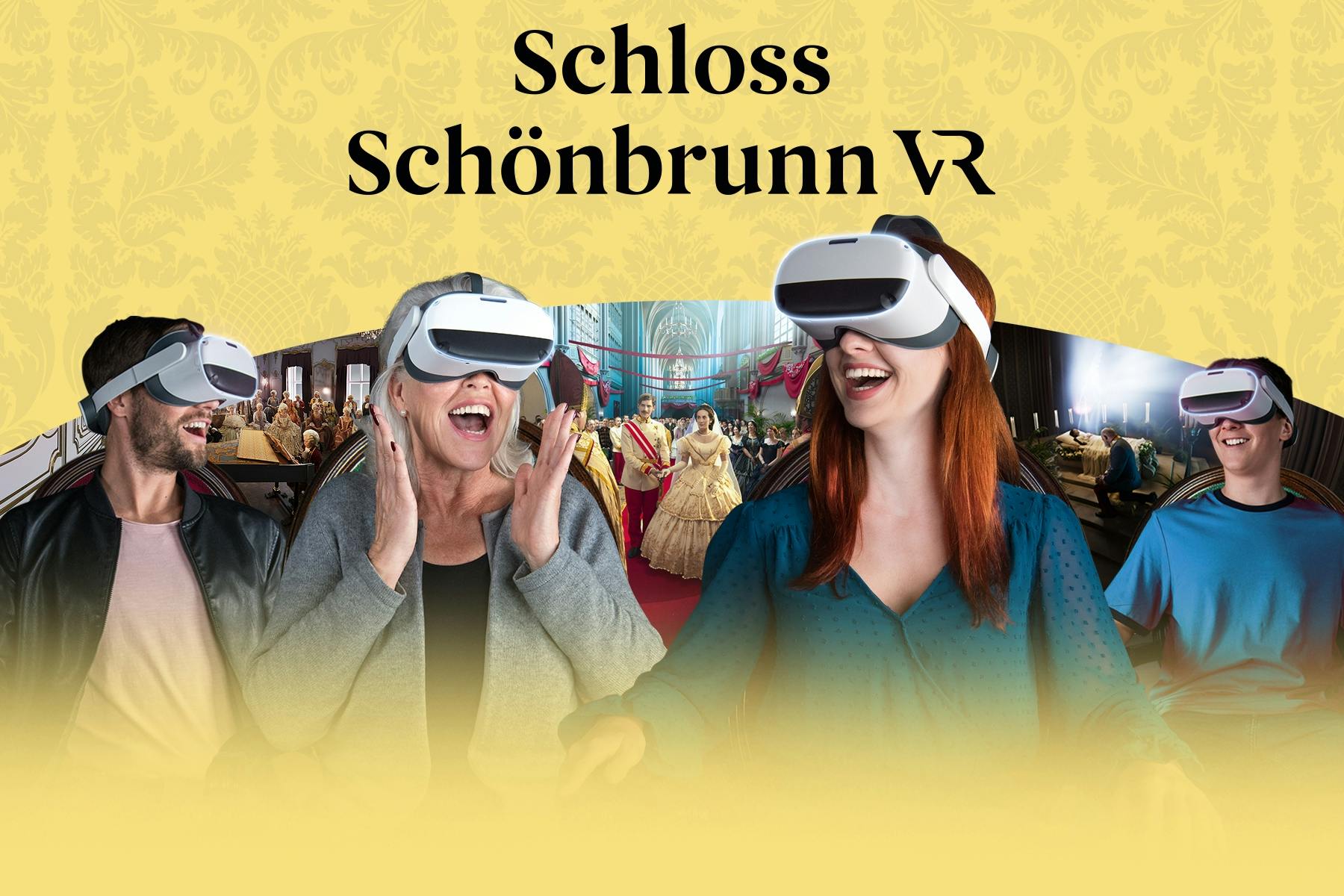Schönbrunn Palace, one of Austria’s most iconic landmarks, is a dazzling testament to the Habsburg dynasty’s opulence and cultural influence. Located in Vienna, this UNESCO World Heritage Site draws millions of visitors annually with its stunning architecture, expansive gardens, and rich history.
Whether you’re a history buff, art enthusiast, or casual traveler, Schönbrunn Palace offers a window into imperial Austria. Let’s explore what makes this palace an essential stop in Vienna.
A Brief History of Schönbrunn Palace
The palace’s origins trace back to the 16th century, but its transformation into a magnificent Baroque residence began under Emperor Leopold I in the late 1600s. Designed by architect Johann Bernhard Fischer von Erlach, Schönbrunn became a summer residence for the Habsburgs and a center of power during their reign.
One of its most famous residents was Empress Maria Theresa, who left an indelible mark on the palace with lavish renovations. Schönbrunn also hosted notable figures like Mozart, who performed here as a child prodigy, and Napoleon, who used it as his headquarters.
Top Highlights of Schönbrunn Palace
1. The State Rooms
The palace boasts 1,441 rooms, of which 40 are open to the public. Highlights include:
- The Great Gallery: A lavish hall with frescoed ceilings and glittering chandeliers, used for banquets and balls.
- The Hall of Mirrors: Famous for its gilded décor and association with Mozart’s performances.
- Maria Theresa’s Rooms: Reflecting the empress’s personal style, these rooms feature ornate furniture and intricate tapestries.
2. The Schönbrunn Gardens
Spread over 120 hectares, the gardens are an exquisite blend of Baroque and English landscaping. Key features include:
- The Neptune Fountain: A dramatic centerpiece with allegorical sculptures.
- The Maze and Labyrinth: Perfect for families or those seeking a playful experience.
- The Palm House: A stunning glass structure filled with exotic plants.
3. The Gloriette
Perched on a hill overlooking the palace, the Gloriette offers breathtaking views of the gardens and Vienna’s skyline. It also houses a charming café, perfect for a mid-visit break.
4. The Schönbrunn Zoo
Founded in 1752, it’s the world’s oldest zoo and a favorite for visitors of all ages. The zoo focuses on conservation and is home to over 700 animal species, including giant pandas and polar bears.
5. The Orangery
This elegant venue once hosted grand imperial events and now serves as a concert hall for classical music performances.
Tips for Visiting Schönbrunn Palace
1. Book Tickets in Advance
Tickets often sell out, especially in peak season. Reserve online to secure your spot and avoid long lines. Popular options include the Grand Tour, which covers the most opulent rooms.
2. Visit Early or Late
Arriving early in the morning or late in the afternoon helps you avoid crowds and enjoy a more serene experience, particularly in the gardens.
3. Explore the Gardens for Free
The gardens are free to enter, though specific attractions like the Maze and the Gloriette Café may have small additional fees.
4. Wear Comfortable Shoes
The palace grounds are vast, and exploring them fully requires plenty of walking. Comfortable footwear is a must.
5. Take a Guided Tour
Guided tours provide fascinating insights into the Habsburg dynasty, the architecture, and the stories behind the opulence. Audio guides are also available.
FAQs About Schönbrunn Palace
1. How much does it cost to visit Schönbrunn Palace?
Ticket prices vary depending on the tour:
- Imperial Tour: €22 (22 rooms)
- Grand Tour: €26 (40 rooms)
- Sisi Ticket (combo with Hofburg Palace): €40
2. How long does it take to explore the palace?
- The Imperial Tour takes about 30–40 minutes.
- The Grand Tour lasts around 60–90 minutes.
- Allow an additional 2–3 hours to explore the gardens and other attractions.
3. When is the best time to visit Schönbrunn Palace?
Spring and early summer (April–June) offer beautiful weather and blooming gardens. Autumn (September–October) is less crowded.
4. Is the palace accessible for people with mobility issues?
Yes, the palace has elevators and ramps to accommodate visitors with reduced mobility. Wheelchairs are also available upon request.
5. Can I take photos inside the palace?
Photography is not allowed inside the palace rooms but is permitted in the gardens and other outdoor areas.
6. How do I get to Schönbrunn Palace?
- By Metro: Take the U4 line to the Schönbrunn station.
- By Tram: Tram lines 10 and 58 stop near the palace.
- By Bus: Several local buses, such as 56A and 156B, stop nearby.
Nearby Attractions
- Hofburg Palace: Another iconic Habsburg residence located in central Vienna.
- Belvedere Palace: Home to Klimt’s famous The Kiss painting.
- Naschmarkt: A bustling market for foodies, located a short distance from Schönbrunn.
Final Thoughts
Schönbrunn Palace is more than just a historic site; it’s an immersive experience that takes you back to the grandeur of imperial Austria. From its lavish interiors to its serene gardens, the palace offers a perfect blend of history, art, and natural beauty.
Whether you’re marveling at the frescoes in the Great Gallery, wandering through the gardens, or sipping coffee at the Gloriette, Schönbrunn promises a day filled with discovery and inspiration. Make sure to include this stunning landmark in your Vienna itinerary!


